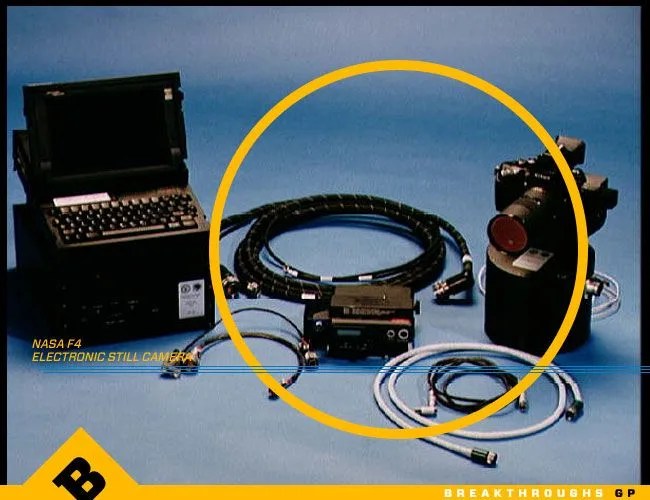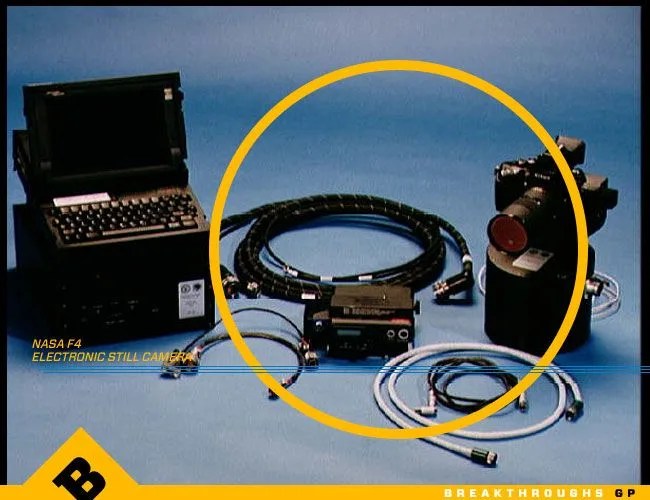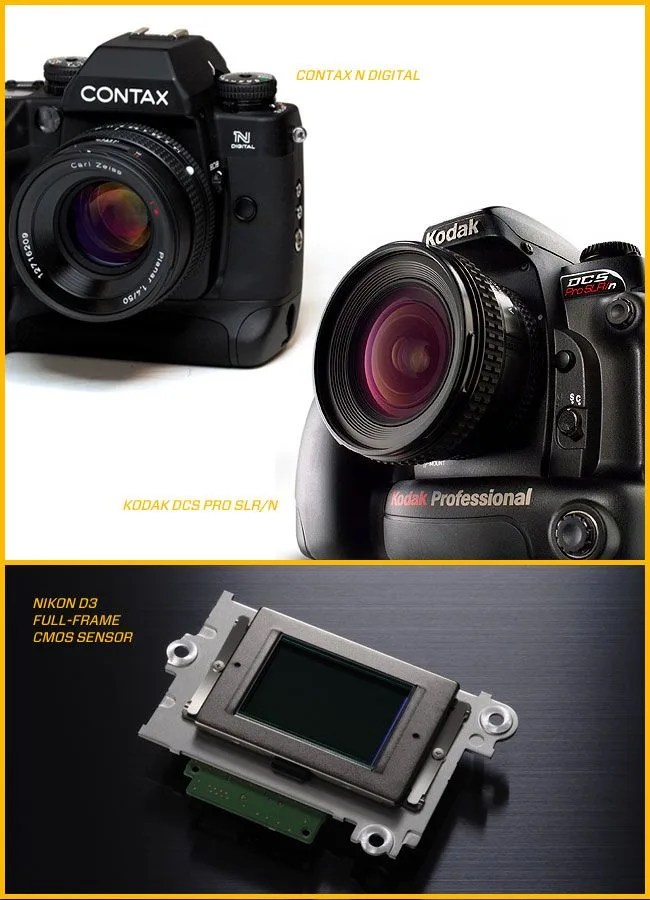 Nikon
NikonThe birth of the DSLR can be traced back to a little camera company called Nikkor, which eventually became Nikon, and its relationship with a small government agency known as NASA. One of Nikon’s first major successes, the 35mm Nikon F, gained popularity in the U.S. with photographers covering the Korean and Vietnam Wars. Soon, the company was secretly collaborating with the booming U.S. space program, which eventually culminated in converting Nikon’s F4 film camera to hold a one megapixel monochrome Loral CCD at the film plane and store data on hard drives capable of holding 40 images at a time. This modified Nikon NASA F4 made history in September 1991 aboard the Space Shuttle Discovery.
To learn about how Nikon changed the camera industry forever, keep reading on the next page.


